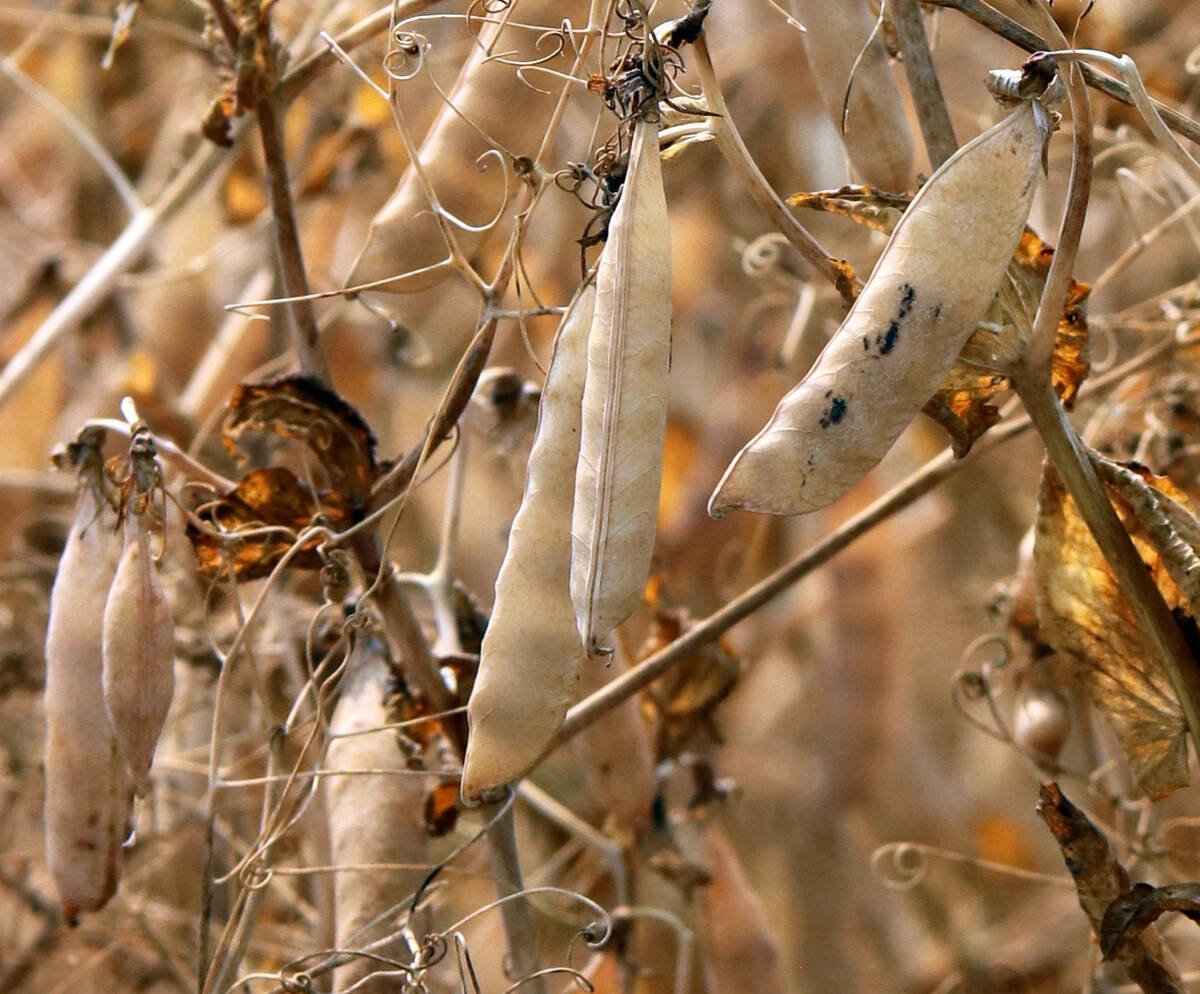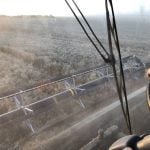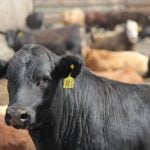Alberta elk industry official says vigilant testing was bound to find the disease, known to be contracted from wild deer
The discovery of Alberta’s first case chronic wasting disease in a farmed elk in 13 years likely won’t affect the industry, says the head of the Canadian Cervid Council.
“I think the industry, as a whole, is always concerned whenever there is a case regardless of where it is located, whether it is Saskatchewan or Alberta. Having the first case in Alberta since 2002 it is a little bit of concern,” said Glenda Elkow.
“The industry has already contacted a number of its trading partners and they are very pleased with our record of testing. They are not going to change from business as usual because one has been found in 74,000 tests.… If you are going to look for a disease as vigilantly as we do, it’s bound to show up sooner or later. It’s never good news. There is a certain level of disappointment we did find the case but it is good the surveillance is happening and it was found.”
Read Also

Trump’s tariffs take their toll on U.S. producers
U.S. farmers say Trump’s tariffs have been devastating for growers in that country.
The discovery was made during routine testing of an elk at a slaughter plant in January, said Gerald Hauer, Alberta’s chief provincial veterinarian.
The entire herd where the elk originated has been quarantined and will be destroyed.
Canadian Food Inspection Agency officials will trace animals that entered and left the herd to determine how the brain wasting disease ended up on the Alberta farm.
Hauer said the herd may have been infected when outside animals were brought in, or it could have been transmitted from the wild.
“We do know there is CWD in parts of Alberta and parts of Saskatchewan in the wild,” he said.
“It is no secret that this farm is in an area where CWD is known to occur in wild deer (along the Saskatchewan border from Lloydminster to Milk River), outside of the fence. How it potentially could get to the inside is speculation.”
Alberta instituted a voluntary CWD testing program in 1996, and in 2002 it became mandatory to submit the head of cervids older than one year who die on the farm or are killed at a slaughter plant.
Alberta has tested the heads of more than 74,000 farmed deer and elk since the testing program began.
The last case of CWD in Alberta was 2002, when one farmed elk tested positive for CWD. No other animals tested positive when the herd was destroyed, and officials failed to identify the source of CWD.
A white-tailed deer in a farmed herd tested positive later that year, and one animal tested positive when the herd was destroyed.
No source was discovered for the disease.
No other farmed deer or elk have tested positive in Alberta since, although the disease has been found in wild deer and one moose in the province.
Herds on five Saskatchewan farms tested positive last year.
Elkow said no livestock industry is free of disease, but the industry has been diligent in monitoring and dealing with CWD since it was first identified in a Saskatchewan herd.
“There is a desire to control the disease and try to learn more about it so we can be better at controlling it,” said Elkow, who doubted that a conclusive answer to how the animal contracted the disease will be found.
“It’s not conclusive in any fashion where this came from. (CFIA) do follow a path of animal movement, but to my knowledge it is very rare to come up with a 100 percent conclusive answer to where it comes from.”
Elkow opposes a return of the wild deer cull in areas with CWD that the provincial sustainable resource development department ended following opposition from members of the elk industry.
“There was a lot of cost and not that helpful. I don’t think it’s a good use of taxpayer dollars,” she said.
Instead, Elkow believes government and industry should continue to work on creating a vaccine and live CWD tests as a way to control and monitor the disease.
The provincial government has found 37 positive cases in wild deer this winter after testing 1,867 heads that were submitted through its 2014 hunter CWD surveillance program. It expects the rest of the tests to be finished by March.
Thirty of the positive cases were mule deer males scattered from the Battle River in the north to Milk River in the south. Submitting the heads of wild cervids is voluntary or mandatory, depending on the area of the province.
“So far the number and rate of positive deer is significantly higher than in previous years,” said the CWD surveillance update.














